Discoveries in chemistry have changed the way we live. The subject’s contribution to biology, medicine, engineering, and agriculture – amongst many other disciplines – has provided us with new technologies that have transformed the way we eat, communicate, and fight disease and injury. The achievements of some famous chemists cannot be overstated, as the modern world would not be recognizable without them.
| 🧪 Discovery | 🗓️ When | 🔬 Chemist |
|---|---|---|
| Pencicillin | 1928 | Alexander Fleming |
| Taxol | 1992 | Monroe Wall Mansukh Wani |
| Anaesthetic | 1846 | William Morton |
| Pasteurization | 1864 | Louis Pasteur |
| Haber-Bosch Process | early 1900s | Fritz Haber Carl Bosch |
| Plastic | 1855 1907 | Alexander Parkes Leo Baekeland |
| LCD Screens | 1974 | George Gray |
| Radiation | 1895 1896 | Wilhelm Röntgen Henri Becquerel |
| DNA Structure | 1951 | Francis Crick James Watson Rosalind Franklin |
| Nylon | 1927 | DuPont chemistry lab |

Penicillin
In 1928, a Scottish doctor, pharmacologist, and bacteriologist named Alexander Fleming was running experiments in his lab.
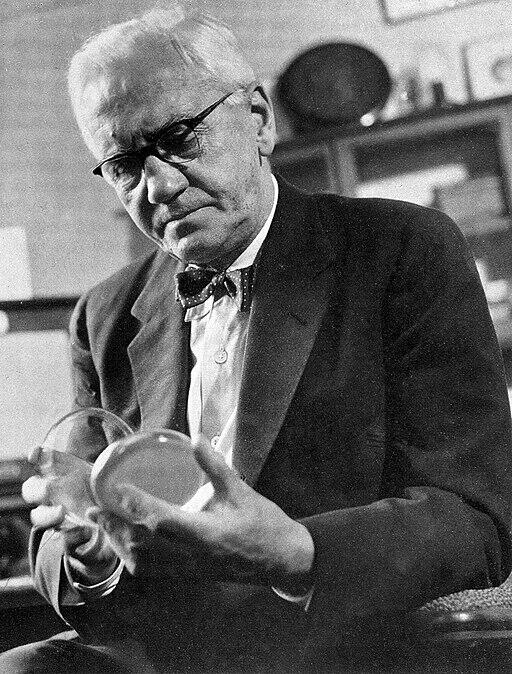
He left on holiday without cleaning up even his essential chemistry equipment. Weeks later, when he returned, he discovered one of his samples had contracted a mold.
The mould came to be known as penicillin and became one of the most important medical discoveries ever made. Studying it, He was shocked to find the intrusive mold was killing the bacteria in his experiment. He published a paper about his discovery, but no-one took much notice – apart from Howard Florey and Ernst Boris Chain.
The three scientists together won the Nobel Prize for their work on penicillin, whilst the mold itself is thought to have since saved two hundred million lives.
We know it as penicillin.
It became one of the most important medical discoveries ever made.
Taxol
You might not have heard of Taxol, but, really, you should have: it is one of the most effective treatments of cancer in the world. This drug works by preventing cells from dividing, which ultimately leads to the death of the cell. For cancer, whose cells divide very rapidly, Taxol is poison. When chemistry tutors talk about Taxol, they do so with a sense of wonder.

In the 1960s, medical chemists Monroe Wall and Mansukh Wani were collecting tree samples as part of a US National Cancer Institute project to find new substances with which to fight cancer. The two sampled – among many other trees and plants – the Pacific Yew Tree and found within it a substance toxic to cells.
They called it paclitaxel, a material from the Pacific Yew Tree. More than 25 years of research later, their drug was ready for human trials. In 1992, it gained approval as a cancer treatment for humans.
Since then, paclitaxel has proved to be so effective that environmental campaigners have become worried about the danger to the Pacific Yew of the drug’s production. These days, people are studying the existence of the chemical in different biological sources.
Ongoing use of paclitaxel may threaten ecosystems, and the trees themselves.
So valid are these concerns, that scientists are now looking for new biological sources of this substance. All the basic chemistry concepts apply: it must be stable, abundant, effective, and targeted. For the trees' sakes, as well as humanity, let's hope they succeed.
Anaesthetic
Once upon a time, if you needed surgery, the only way to ease the pain was to ply you with alcohol and hope for the best. It wasn’t until the middle of the 19th Century, that surgery became a pain-free experience.
William Morton, a dentist and amateur chemist, noted that animals fainted after inhaling sulphuric ether. In 1846, Morton led staged tooth extraction described in the video. He performed dental surgery on an anaesthetised human patient in front of an applauding crowd.

After this, Morton falsely claimed that anaesthesia was his discovery. Opium and alcohol were effective substances for pain relief. Furthermore, history books show a type of ether had been used in 1525, by Paracelsus. You might ask your chemistry tutor about William Morton, Paracelsus, and other milestones in anaesthetic discovery.
Pasteurization
Heat's effects on bacteria have long been the subject of study. In China, in the twelfth century, Japan in the sixteenth century, and Italy in the 1700s. However, Louis Pasteur was the first to make the connection between heat and the death of bacteria. His name ranks among the world's famous chemists, credited with saving millions of lives with his simple process.
Pasteur’s discovery occurred when he heated wine, apparently while he was on vacation in 1864.
In this modern era, we know that when you heat up food or drink, you kill the bacteria in it. Still, we associate pasteurisation with milk, known to be a common breeding ground for dangerous bacteria. In all cases, we have Pasteur to thank for the fact we can drink milk without becoming ill.

Haber-Bosch Process
Nitrogen is so vital of an element that no known organism can exist without it. As such, every living thing, plant or animal, has evolved complex biological systems to extract nitrogen from the air.
At the turn of the twentieth century, scientists began studying ways to extract nitrogen, for agricultural purposes and weapon technology. Bones and animal feces were adequate nitrogen sources for smallholder farming, but they were not efficient on the industrial scale.
German chemists Fritz Haber and Carl Bosch found a way to break nitrogen's strong triple bonds, to create the chemical compound ammonia. The clip above describes the Haber-Bosch Process, and our chemistry glossary details ammonia's structure.
Eighty percent of the air we breath is nitrogen – an element essential for life. Yet, because nitrogen is so unreactive, chemically speaking, our bodies – and other plants and animals – have needed to develop complex biological methods to extract the element from the air.
Haber-Bosch Process Effects
Farming became four times more efficient, allowing less land to produce more food.
Increased food production led to population growth over the last century.
Plastic
Propose this thought exercise during your next session with your senior secondary chemistry tutor: imagine our world without plastic.
The compound is everywhere: mobile phones, cars, throughout your kitchen, plastic carry bags, toys and even most of our clothes. Do we know who invented plastic? Sort of.
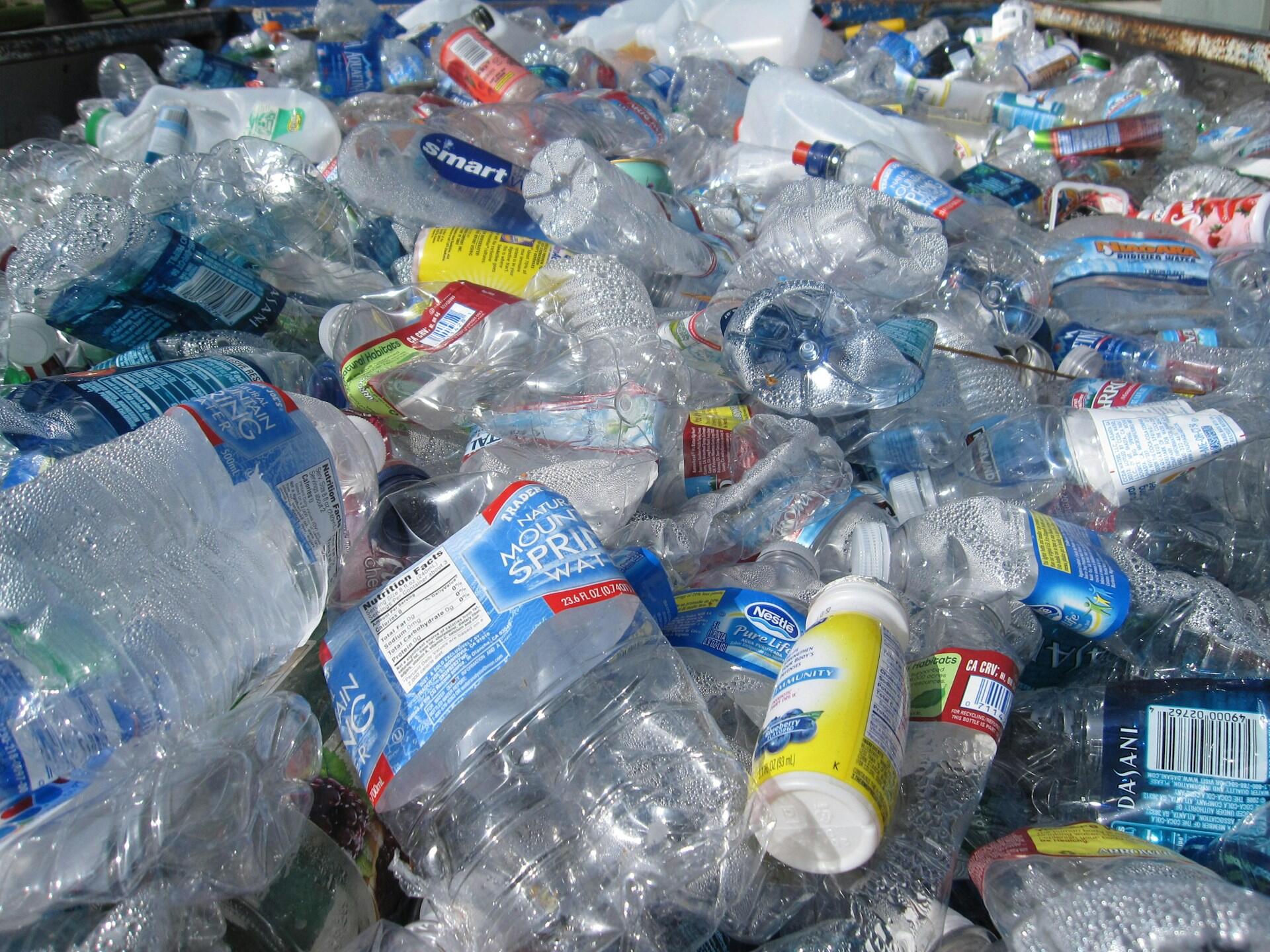
Whilst plastics are most often synthetic – namely manmade – the similar category of chemical compounds, polymers, are naturally occurring. So, invention, in this case, is a tricky term, because something like plastic – rubber – had been used by American populations before Europeans even knew what America was.
In 1855, Alexander Parkes invented a plastic-like substance to waterproof clothing.
He called it parkesene.
Parkes and his company went bankrupt, but his invention kickstarted the early plastic industry. In 1907, an American chemist, Leo Baekeland, created another plastic: Bakelite. This malleable chemical substance found usage in machinery and technology, and our plastic world was born.
LCD Screens
Scientists knew the benefits of liquid crystal in the 1960s, but they had to wait decades for technology to catch up to theory. At the time, engineers and chemists believed only very high temperatures could keep the crystal liquid.
The British Ministry of Defense wanted smaller, lightweight screens in their vehicles.
The British Ministry of Defense commissioned chemist George Gray to study the phenomenon. His work led to the discovery, and later, production of a molecule that functioned at a lower temperature. It is this innovation, the 5CB molecule, is the chemistry discovery behind most LCD screens.
Radiation
Henri Becquerel was first to question radioactivity, as he examined why certain matter glows in the dark.
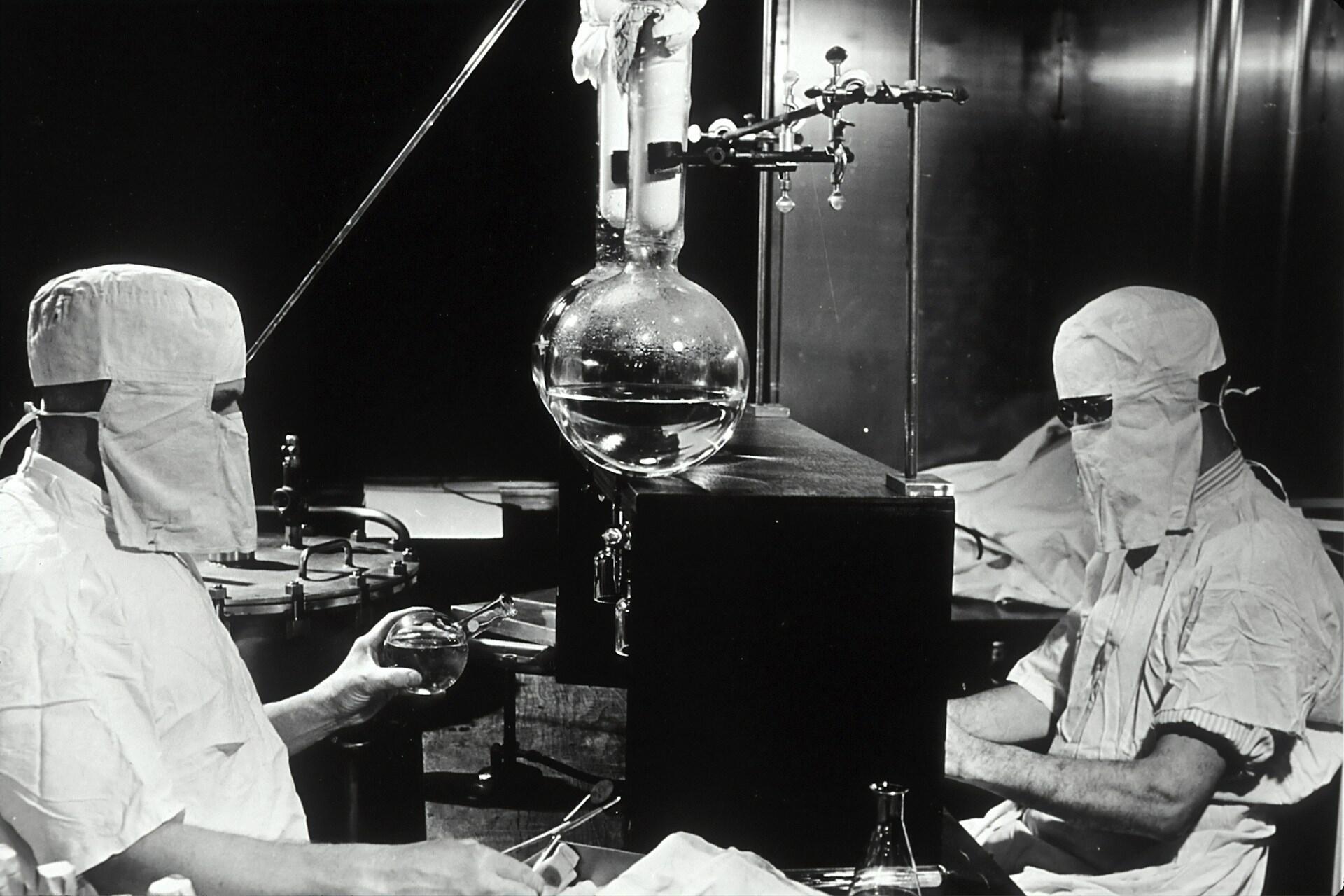
He noticed that uranium changed the color of light-sensitive sheets, even with a paper layer between the sheets and elements. He realized that this material must be emitting something he could not see with his eyes. But, he was not the first on the radiation discovery timeline:
1895
Wilhelm Röntgen discovers X-rays
1896
Henri Becquerel discovers natural radioactivity
1898
Marie and Pierre Curie discover radium and polonium
1920s
"Radium Girls" highlight the dangers of radiation exposure
Factory workers painting watch dials died from radiation poisoning.
1945
The Manhattan Project studies the effects of radiation exposure from atomic bombs.
Out of all scientists to study chemistry, Marie Curie is the one most famously associated with the discovery of radioactivity. She was among chemists and physicists studying x-rays, radiation and radioactive chemical elements like uranium and radium. As a chemist and physicist, she became the first – and she still is the only – person to win the Nobel Prize in two sciences.
DNA Structure
Your online chemistry courses might insist that defining the DNA helix was a biological discovery. However, it could not have happened without knowledge of chemistry. Furthermore, this discovery relies on another chemistry advancement: the X-ray.
In 1951, Francis Crick and James Watson worked on a mathematical theory of X-ray defraction of helical molecules. Their efforts paid off. They were able to develop a model for DNA's helical structure.
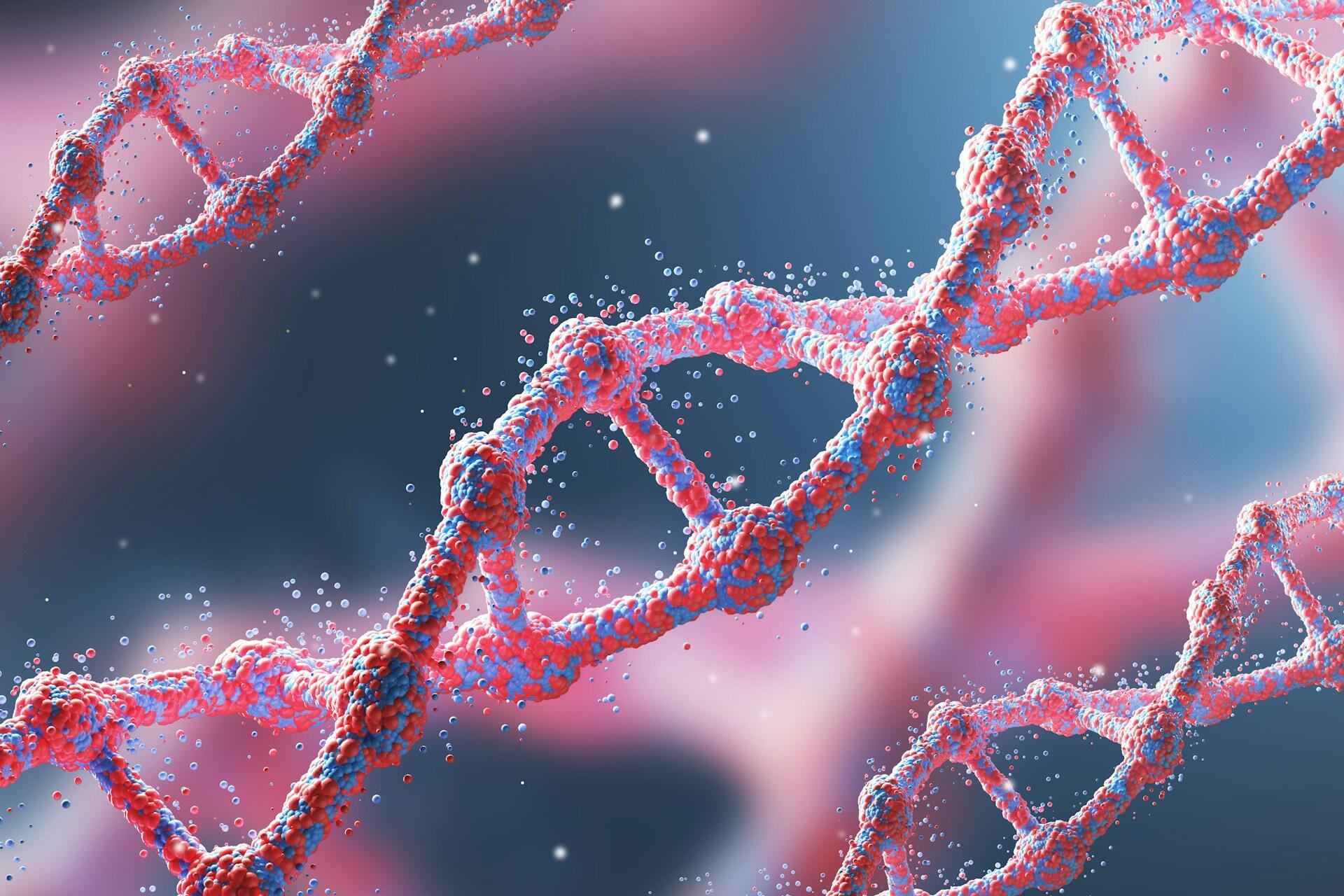
Rosalind Franklin, with her understanding of basic chemistry, advanced Watson and Crick's model-building efforts. From the outset of their collaboration, those two scientists had wrongly placed phosphates inside the helix's core. She argued they must sit outside, so they can interact with water molecules.
Nylon
The debate rages over fast fashion's pros and cons. It's an argument we wouldn't need to have, were it not for synthetic fibers like nylon and rayon.
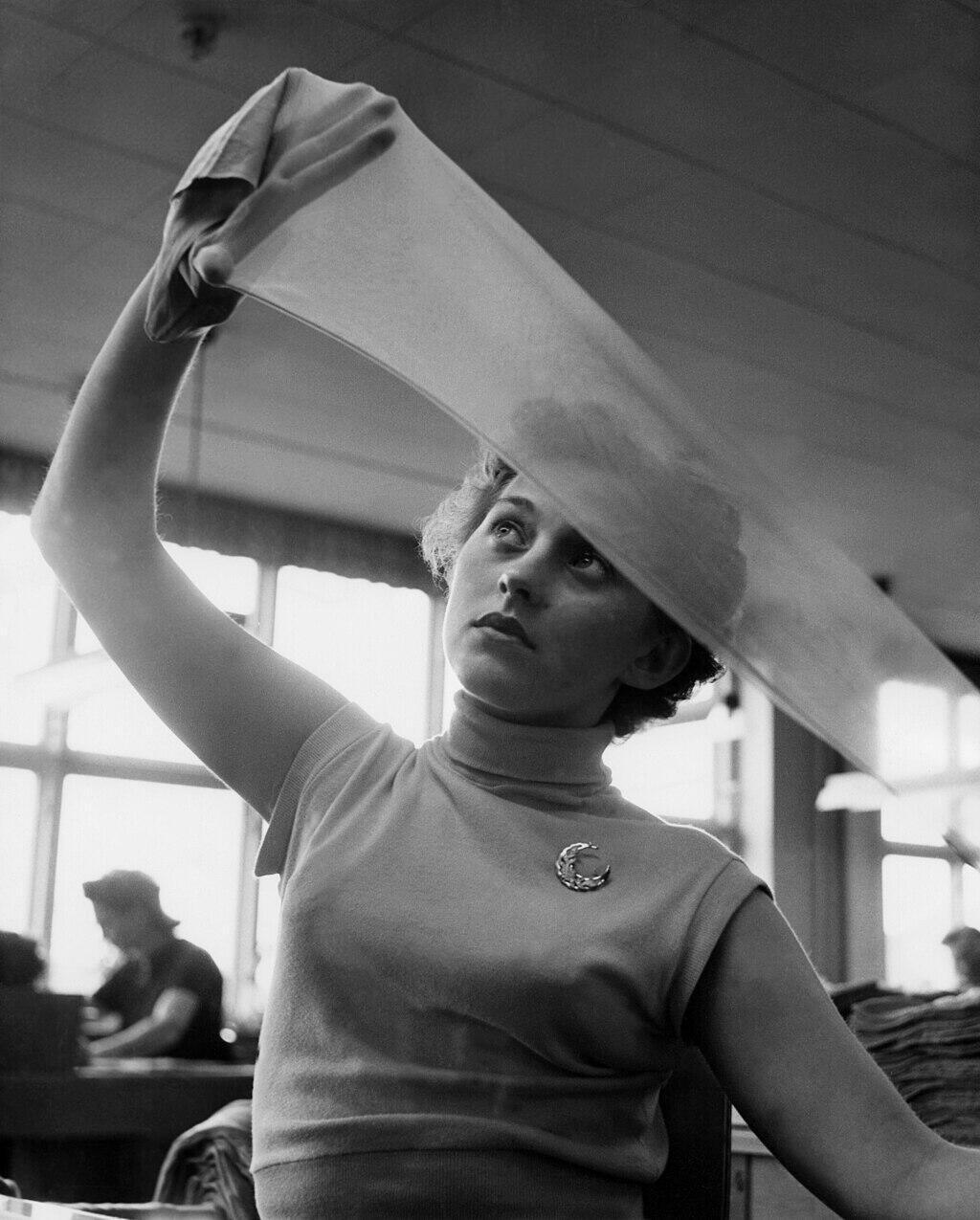
Textile makers blend these fibers with traditional materials, such as cotton and wool, to create more durable, easier-to-manage fabrics. If you need help understanding polymer properties, consider searching for chemistry tutors near me.
The chemical firm DuPont began experimenting with cellulose-based fibres in 1927.
Those chemists stumbled upon the formula by accident, after mixing a couple of polymers and leaving them to set.
Returning to that experiment weeks later, they discovered that the mixture was infinitely elastic, composed of ultra-fine strands.
The United States was frustrated with Japan's monopoly on silk.
It wanted a silk-like product to compete with expensive, hard-to-import silk stockings.
Indeed, it was all about dressing women's legs. When DuPont debuted its nylon stockings at the 1939 World's Fair, everyone - marketers and shoppers, went wild. During the Second World War, when nylon production turned to military applications (parachutes and uniforms), women would have to line up for hours for a chance to buy from the limited supply of 'nylons'.
After the war, with nylons still in short supply, shoppers raged through the stores, upending displays and demanding the return of nylon stockings.
The nylon riots and other nylon shortage extremes belong in the catalogue of fun chemistry facts. However, nylon's discovery, and what it has done for the textile and fashion industry, is no joke. DuPont sold its fabric blends to high-profile designers like Chanel and Dior. Today, nylon features in practically every article of clothing.
Chemistry, along with countless other scientific discoveries, has profoundly shaped the way we eat, treat illnesses, and live our daily lives. If you're eager to explore more groundbreaking developments in chemistry, connect with one of Superprof’s expert chemistry tutors today!

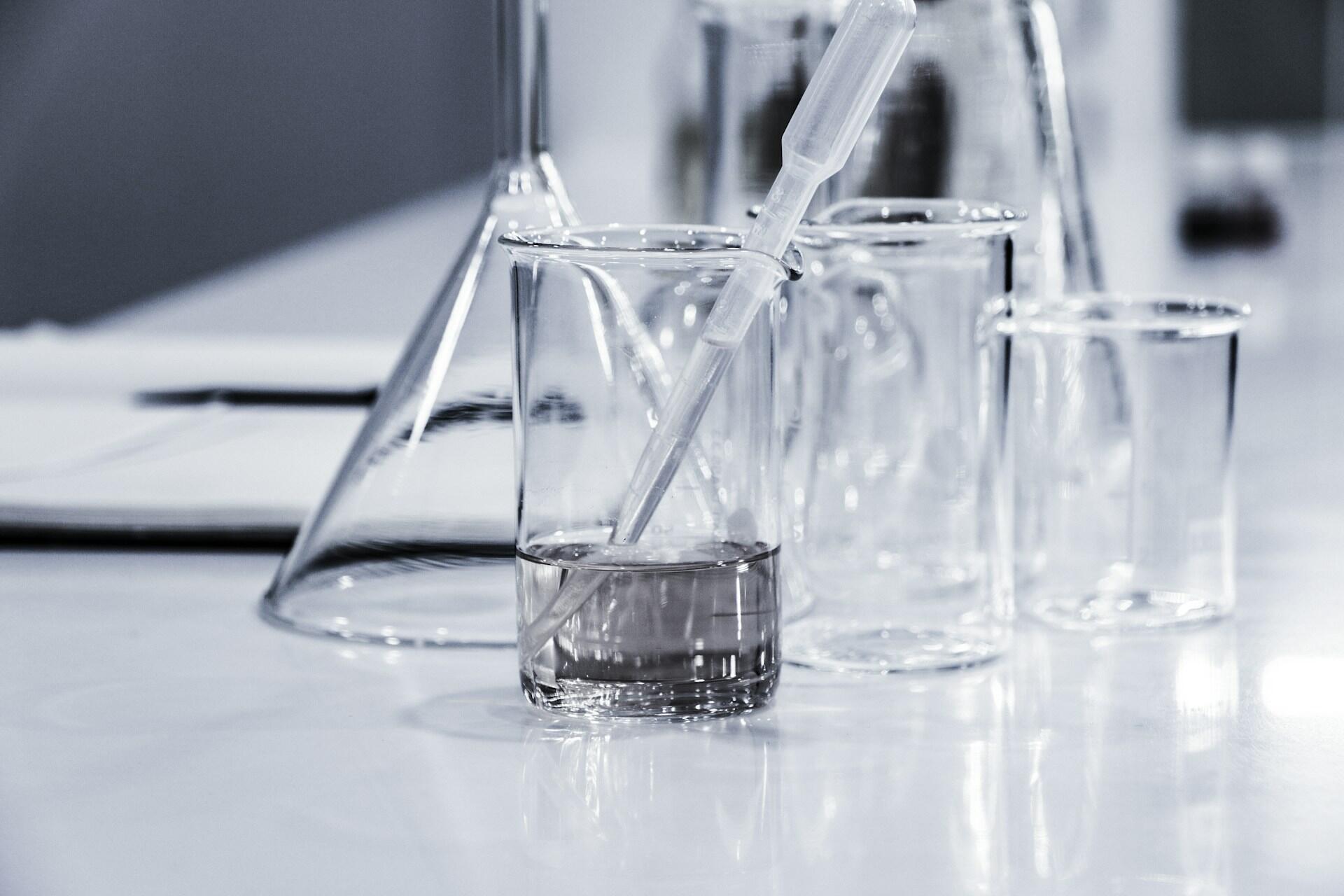










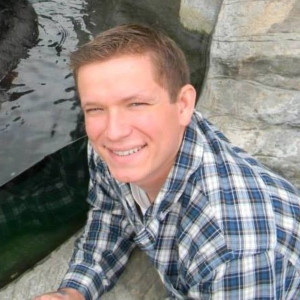



it was very helpful for research on my chem project
Same it was really helpful on my chem project
this really helped me
ya like, the same bro
hey! me too
It helped me a lot
this helped
Thanks
Thanks for this help.
thanks
This website really helped me. Thank you
Awesome! Thank you for the comment, Dylan 😊